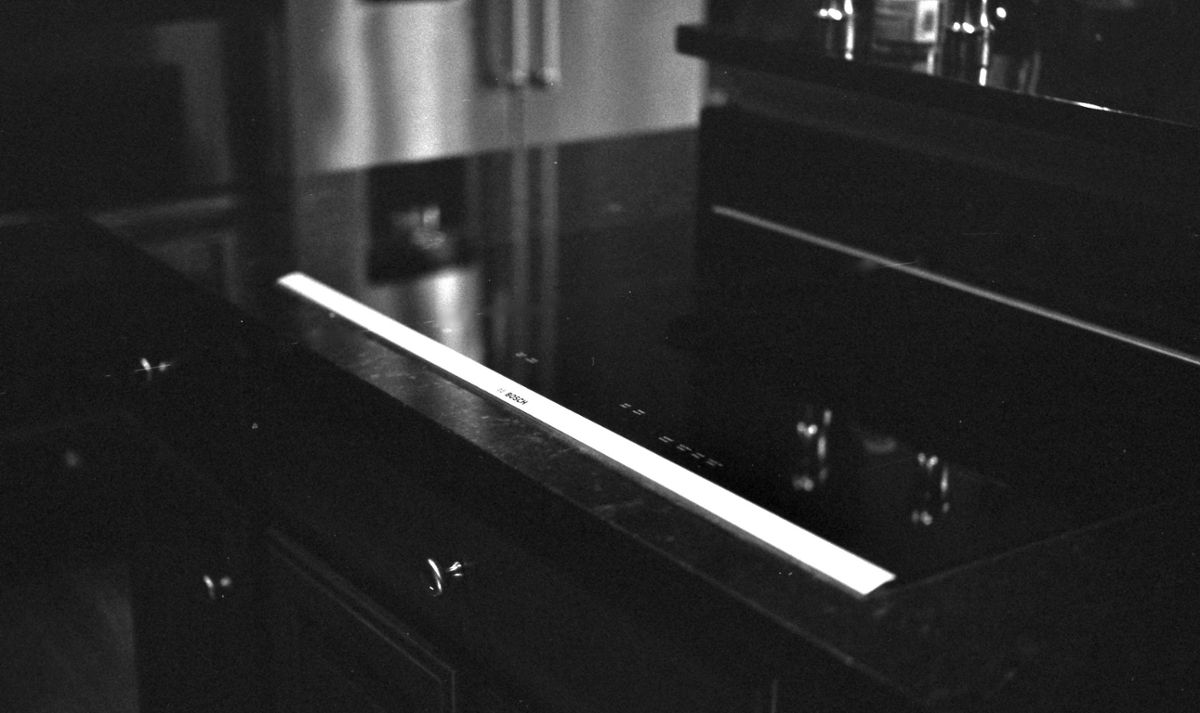“If you can’t stand the heat, stay out of the kitchen.” But what if there were a way to make kitchens less hot?
From cooking over an open flame to electric ranges, cooking has always required some form of conduction or convection, the processes by which heat is transferred either from one object to another or from a medium, such as fire or air, to an object. The problem with conduction and convection, though, is that the heat doesn’t just go to the food or pan but to the environment around the cooktop. In fact, some studies suggest that only 40% of the energy produced by the flame on an average gas cooktop makes it to the food being cooked. That heat you feel in the kitchen turns out to be wasted energy.
Induction cooking, however, works differently. Rather than having a heat source such as a flame, induction cooktops are made from a series of metal coils that receive an alternating current of electricity and create a magnetic field above the cooktop. If you put a material particularly susceptible to magnetism, such as cast-iron, on the cooktop, that field moves back and forth through the metal. As the field moves through the metal, the electrons in the metal collide into one another, and enough heat is generated within the metal itself to cook any food in the pan. However, because the alternating magnetic field doesn’t affect the surrounding air or the cooktop itself, very little energy goes to the surrounding area. The result? About 90% of the energy makes it directly into the food being cooked, leaving the kitchen (and the cook), much cooler.










